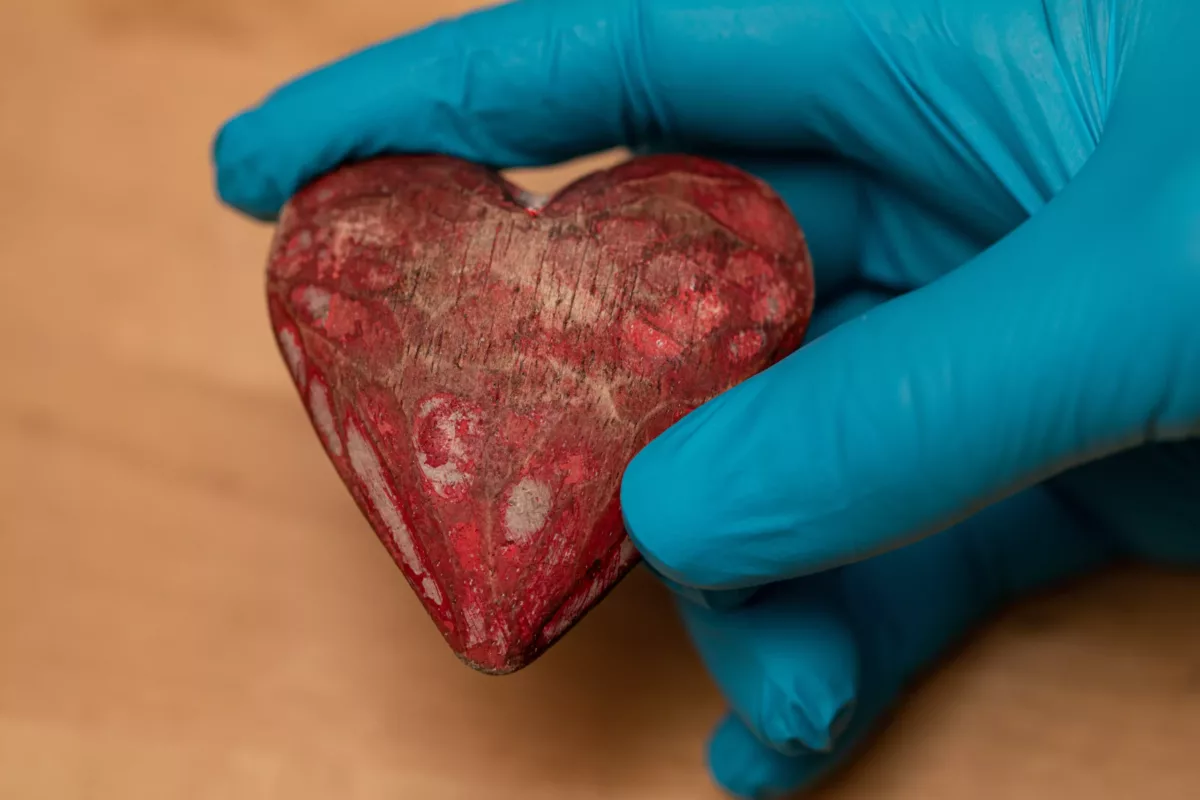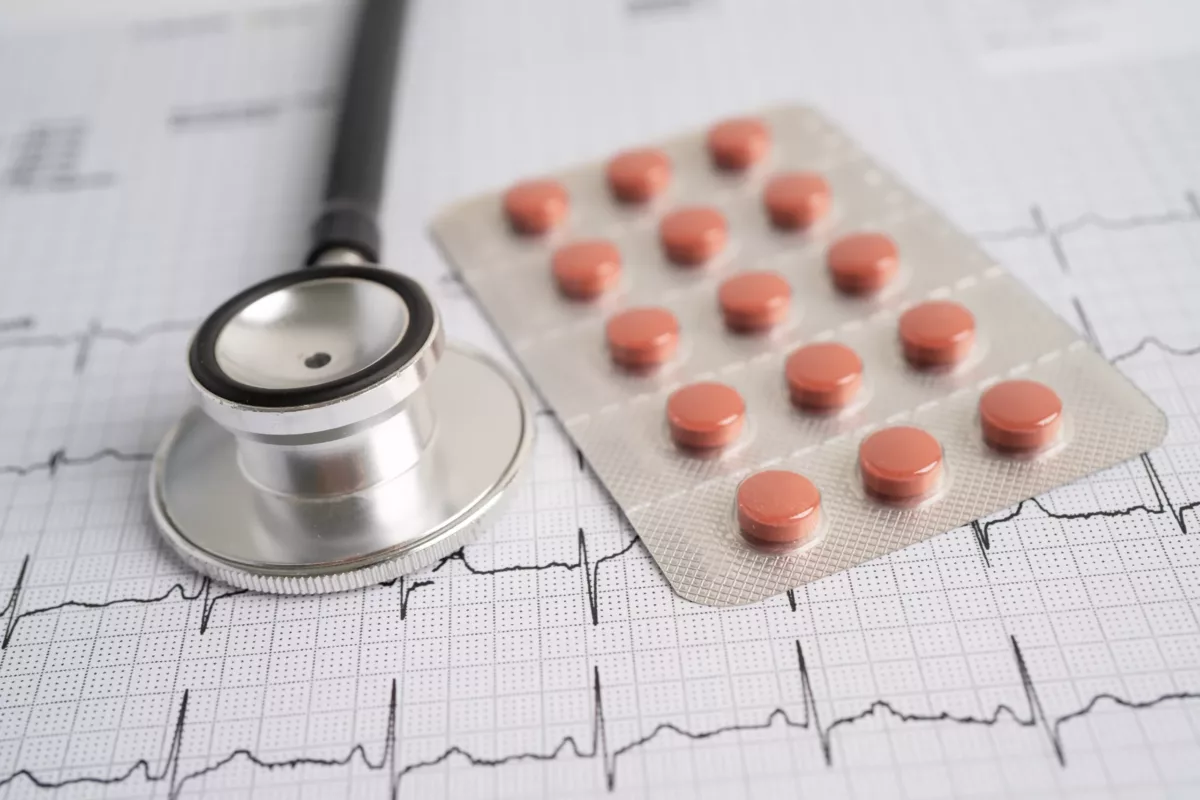A disease in which blood flow to the heart is decreased is called myocardial ischemia. It causes the heart muscle to get less oxygen. In most cases, myocardial ischemia occurs due to partial or complete blockages of the arteries of the heart muscle (also known as coronary arteries).
This condition also reduces the ability of the heart muscle to pump blood. Furthermore, a sudden blockage of the coronary arteries may lead to heart attacks, irregular heart rhythms, and other serious health problems. Sometimes, this condition is called cardiac ischemia.
Commonly, physicians treat myocardial ischemia with medicines, angioplasty (a procedure that opens blocked arteries), or bypass surgery. With treatment, physicians may recommend making healthy lifestyle choices such as regular exercise, quitting smoking or never beginning, and adopting a healthy diet full of fresh fruits, vegetables, whole grains, and others. The treatment goal is to improve blood flow to the heart.
Symptoms
While some people with this heart disease do not experience any symptoms, the most common ones include chest pressure or pain that occurs usually on the left side of the body (also called angina pectoris). The following symptoms usually occur in people with diabetes, women, and older adults with myocardial ischemia. For example:
- Jaw, neck, shoulder, or arm pain
- Fast heart rate
- Shortness of breath, especially during physical exercises
- Nausea
- Vomiting
- Sweating
- Fatigue (extreme tiredness)
If you experience any of the previous symptoms or chest pain that lasts more than several days, immediately contact your doctor.
Causes
This heart condition occurs when one or more coronary arteries become partially or completely blocked. As a result, the blood flow that delivers oxygen to the heart is reduced. In most cases, this condition develops slowly but if it happens fast, the arteries may become blocked suddenly, which significantly increases the risk of serious and even life-threatening health problems such as myocardial infarction. Check below some diseases that may lead to myocardial ischemia:
- Atherosclerosis (coronary artery disease) – If you have high cholesterol, it may start buildup on the artery walls and reduce blood flow. Moreover, the most common cause of myocardial ischemia is atherosclerosis.
- Blood clots – The plaques that occur in people with atherosclerosis may rupture and cause a blood clot. Sometimes, a clot may suddenly block the blood flow through the artery causing severe myocardial ischemia.
- Coronary artery spasm – This condition causes temporary spasms (tightening) of the muscles in the wall of the heart arteries. As a result, it decreases blood flow to the heart muscle. In addition, myocardial ischemia occurs rarely due to coronary artery spasm.
However, chest pain often associated with myocardial ischemia may be caused by other things. Examples include:
- Sexual intercourse
- Heavy or large meals
- Illegal drug use (such as cocaine)
- Cold temperatures
- Emotional distress
- Physical exertion
Risk Factors
Anyone may develop this condition but there are some factors that significantly increase the risk of developing it. Check below some examples:
- Tobacco products – Smoking and secondhand smoke may cause damage to the arteries’ walls. As a result, it allows cholesterol and other substances to build up in the arteries. However, smoking increases the risk of coronary artery spasms.
- Diabetes – Both diabetes types are linked to a higher risk of myocardial ischemia, myocardial infarction, and other heart problems.
- Hypertension (high blood pressure) – Over time, increased blood pressure may cause atherosclerosis.
- High cholesterol – Usually, more than 50% of deposits are made of cholesterol. High cholesterol often happens due to certain inherited disorders and a diet high in saturated fats and cholesterol.
- Obesity – People with excessive body weight also are at increased risk of developing diabetes, hypertension, high cholesterol, as well as myocardial ischemia.
- Waist circumference – A higher risk of myocardial ischemia occurs in men with waist circumference of more than 40 inches (102 cm) and women more than 35 inches (89 cm).
- Lack of physical activity – People who do not get enough exercise are at increased risk of obesity and high cholesterol and triglyceride levels.
Complications
People with myocardial ischemia may experience life-threatening complications. These include:
- Myocardial infarction – When a sudden blockage occurs in the coronary arteries, this complication may occur. This is a dangerous complication and sometimes can be fatal.
- Arrhythmia (irregular heart rhythm) – This complication can weaken your heart muscle, which may be life-threatening.
- Heart failure – This is a serious complication of myocardial ischemia that requires immediate treatment. Otherwise, it may lead to death.
Prevention
To prevent this heart condition healthy lifestyle choices are recommended in the first place. These include quitting smoking, a healthy diet full of fresh fruits, vegetables, and whole grains, regular physical exercise, drinking alcohol in moderation, and others. A heart-healthy lifestyle helps keep coronary arteries elastic, smooth, and strong to allow maximum blood flow.
Diagnosis
The myocardial ischemia diagnosis usually starts with questions about your medical history and symptoms and a physical examination to check for irregularities associated with this heart condition. Sometimes, it may be difficult to diagnose this condition because there are multiple conditions that cause similar symptoms. That’s why physicians perform multiple tests to confirm the condition and rule out that cause similar symptoms. Check some tests below:
- Electrocardiogram (ECG or EKG) – This is a painless and quick test that measures the electrical activity of the heart. It may identify heart damage.
- Stress test – During this test, doctors will check your heart during physical activity. The patients usually walk on a treadmill or ride a stationary bike during stress tests.
- Echocardiogram – This test uses sound waves to make video images of the heart. It helps determine the exact heart part that is damaged.
- Stress echocardiogram – It involves a previous test but it is done during physical activity that makes the heart muscle pump faster.
- Nuclear stress test – During this procedure, doctors inject a small amount of radioactive material into the bloodstream and then watch how the blood flows through the lungs and heart while you exercising.
- Coronary angiography – This is an imaging test that uses X-rays to make detailed images of the heart and blood vessels. Before this test, a dye is injected into the blood vessels to get clearer images.
- Cardiac CT scan – This is another imaging test used to identify atherosclerosis signs (such as calcium buildup in the heart arteries).
Treatment
The treatment focuses on improving blood flow to the heart and reducing symptoms. It usually involves medicines, surgery, or both.
Medicines
The following medicines commonly are used to treat myocardial ischemia. For example:
- Aspirin – This medicine or a blood thinner is usually prescribed by doctors to prevent blood clots. In any case, do not take this medicine until consult with your healthcare professional.
- Nitrates – These medications are used to widen blood vessels (in such cases, coronary arteries) to improve blood flow. It helps to reduce extra strain on the heart muscle.
- Beta-blockers – This group of medicines is prescribed by doctors to relax blood vessels, slow heart rate, and reduce blood pressure. As a result, it allows the blood to flow to the heart easier.
- Calcium channel blockers – These drugs are used to widen blood vessels and improve blood flow in the heart.
- Cholesterol-lowering medicines – These medications help reduce material that builds up in the coronary arteries.
- ACE (angiotensin-converting enzyme) inhibitors – Healthcare providers usually prescribe these medicines to reduce blood pressure and relax blood vessels. It is often recommended for people with hypertension or diabetes and myocardial ischemia.
- Ranolazine – This is a specific medicine used to reduce angina (chest pain) and relax heart arteries. In most cases, it is prescribed along with other myocardial ischemia medicines such as calcium channel blockers, nitrates, or others.
Other Treatments
The following treatments are usually recommended when medicines are not enough to improve blood flow. For example:
- Angioplasty and stenting – This involves a catheter (a long and thin tube) that is inserted into the narrowed artery part. After that, a wire with a balloon is inflated into the narrowed artery. It helps keep the artery open to maintain blood flow despite blockages.
- Coronary artery bypass surgery – During this procedure, surgeons will use a blood vessel from another body part to make a graft that allows blood to flow near a blocked or narrowed artery. It is an open-heart surgery used for people with severe coronary artery blockages.
- Enhanced external counterpulsation (EECP) – This is a non-invasive treatment used when other treatments do not work. It involves specific techniques that help improve blood flow to the heart.
Lifestyle Changes
The following lifestyle changes are very important for myocardial ischemia treatment. Check some examples below:
- Treat existing health conditions (such as diabetes, high cholesterol, hypertension, and others)
- Adopt a healthy diet
- Quit smoking or never begin
- Regular exercise
- Try to get and keep a healthy weight
- Manage stress
Frequently Asked Questions
Is myocardial ischemia a serious condition?
Yes because it may cause life-threatening complications. For example myocardial infarction, arrhythmia, heart failure, stroke, tissue death, and others. Discuss with your healthcare professional about ways to prevent or avoid complications.
What is the primary symptom of myocardial infarction?
Those who develop this condition usually experience chest pressure or pain in the early stages. However, myocardial ischemia may cause other symptoms too. For example nausea, vomiting, shortness of breath, sweating, extreme tiredness, and others.
What is the survival rate of myocardial ischemia?
Approximately 50% of people diagnosed within the first 24 hours, survived. In any case, the survival rate decreases to lower than 30% for people who are diagnosed with this condition after 24 hours. If you have additional questions, ask your healthcare provider.




